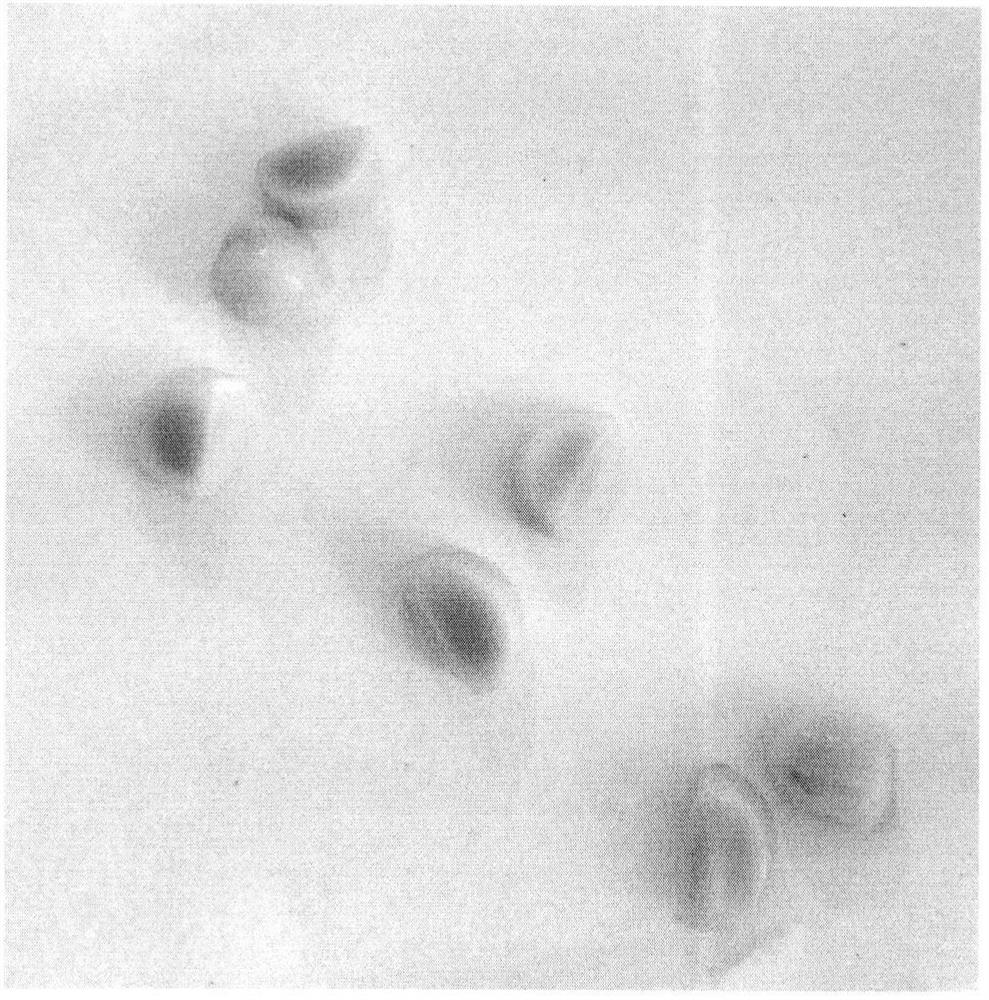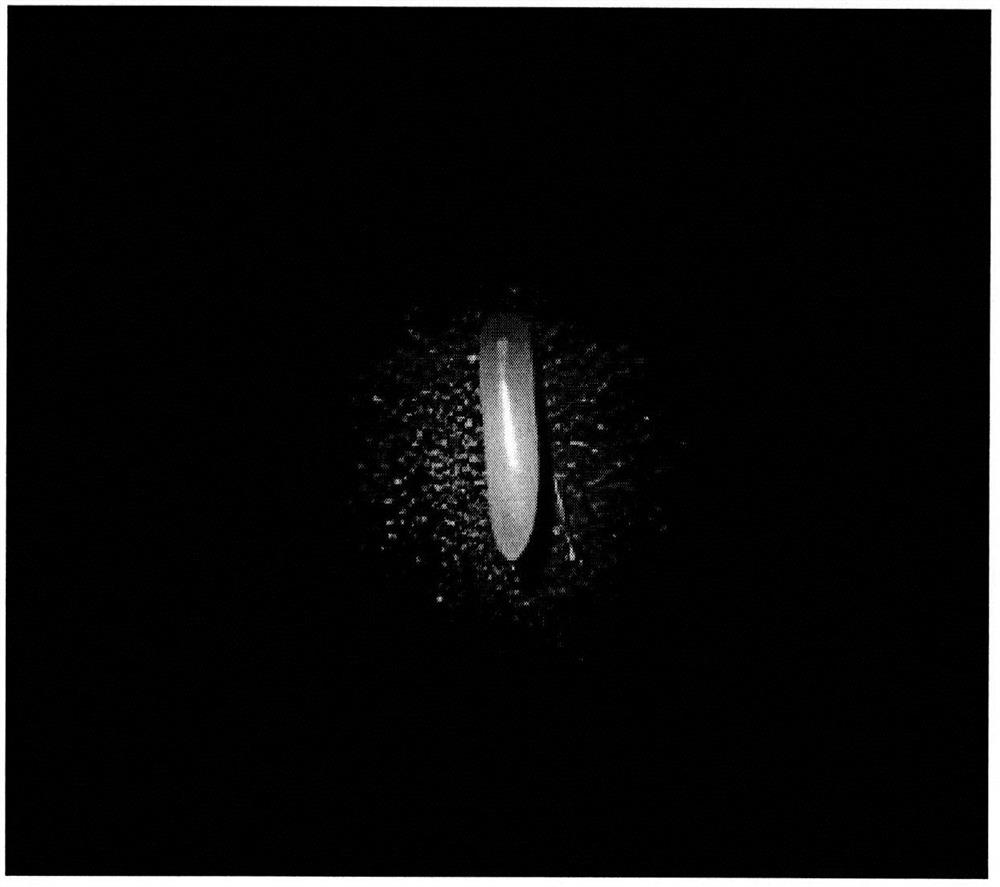A method for inducing embryogenic callus from immature embryos of Iris germanica
A technology of embryogenic callus and callus, which is applied in the field of embryogenic callus induced by German iris immature embryos, can solve the problems of difficult breeding, long breeding cycle, and few hybrid offspring seedlings, and achieve the induction rate High, easy to operate, and the effect of improving the induction rate
- Summary
- Abstract
- Description
- Claims
- Application Information
AI Technical Summary
Problems solved by technology
Method used
Image
Examples
Embodiment 1
[0038] In the present invention, MS medium was purchased from Nanjing Tengchun Biological Co., Ltd., with a specification of 50 L; agar powder was purchased from Nanjing Qingke Biological Co., Ltd., with a specification of 500 g; 2,4-D (2,4-Dichlorophenoxyacetic acid, 2, 4-dichlorophenoxyacetic acid) was purchased from Nanjing Tengchun Biological Co., Ltd., and the specification was 10 g, which was packaged by Sigma; 6-BA (6-Benzylaminopurine, 6-benzylaminoadenine) was purchased from Nanjing Tengchun Biological Co., Ltd. company, the specification is 5g, and the product is repackaged by Sigma Company.
[0039] The steps are as follows:
[0040] (1) Material preparation:
[0041] 45 days after selfing in Iris germanica ‘00258’, take well-grown capsules and store them in a refrigerator at 4°C for later use;
[0042] (2) explant disinfection:
[0043] Soak the capsules in step (1) in a 10% detergent solution by volume for 10 minutes, then rinse them under running water for 30 ...
Embodiment 2
[0053] Take well-grown stem tip, young tender ovary, capsule immature embryo, young tender flower bud, root tip respectively as explants, and all the other processing steps are the same as in Example 1, and the pollution rate, The callus induction rate, the state and color of the callus and the time when the callus was induced were recorded. The results are shown in Table 1.
[0054] Table 1 Effects of different explants on callus induction of Iris germanica
[0055]
[0056]
[0057] Analysis of the above data shows that the present invention uses German Iris immature embryos as explants, which has the characteristics of low pollution rate, short callus induction time and easy access to materials. Its outstanding advantage is that the callus induction rate is as high as 95%. %, the operation is simple, and the obtained callus has good embryogenicity.
Embodiment 3
[0059] Adopt the processing method among the embodiment 1, its difference is the culture condition of immature embryo in the step (3), count embryogenic callus induction rate, callus tissue diameter and obtain callus color respectively after inoculation 30d, the result is as table 2 shown.
[0060] Table 2 Effects of different temperatures and photoperiods on callus induction rate
[0061]
[0062] From the analysis of the above data, it can be seen that the present invention adopts 25° C. and dark conditions as the culture conditions of immature embryos, which can make the callus induction rate the highest, up to 93%.
PUM
 Login to View More
Login to View More Abstract
Description
Claims
Application Information
 Login to View More
Login to View More - R&D
- Intellectual Property
- Life Sciences
- Materials
- Tech Scout
- Unparalleled Data Quality
- Higher Quality Content
- 60% Fewer Hallucinations
Browse by: Latest US Patents, China's latest patents, Technical Efficacy Thesaurus, Application Domain, Technology Topic, Popular Technical Reports.
© 2025 PatSnap. All rights reserved.Legal|Privacy policy|Modern Slavery Act Transparency Statement|Sitemap|About US| Contact US: help@patsnap.com



